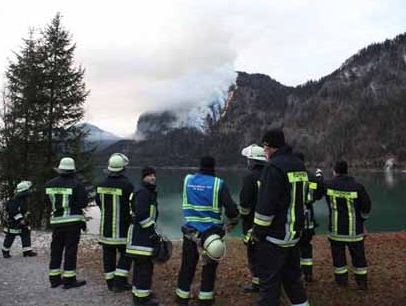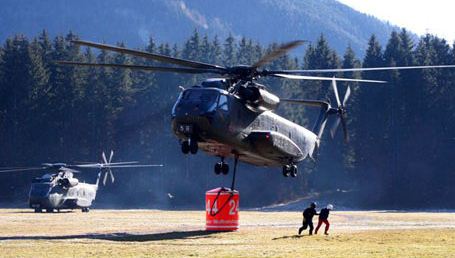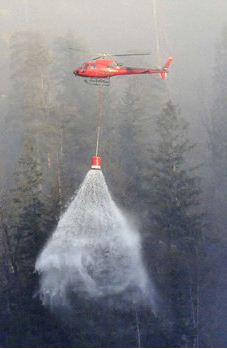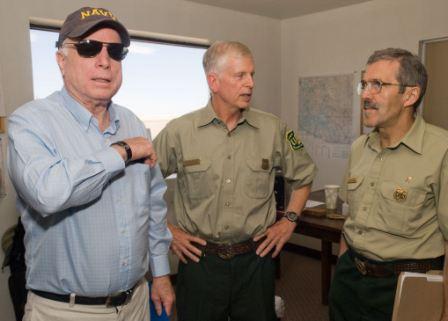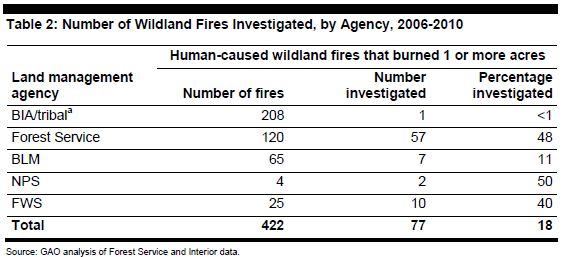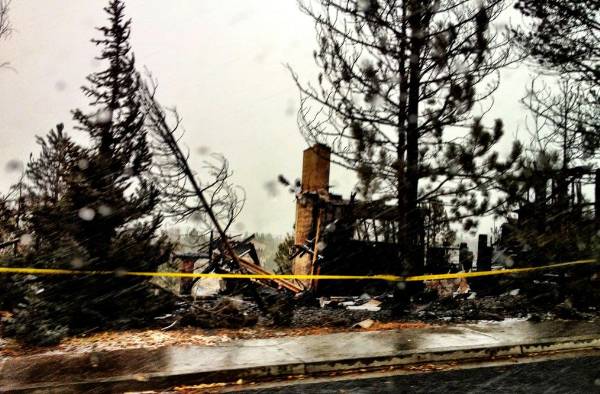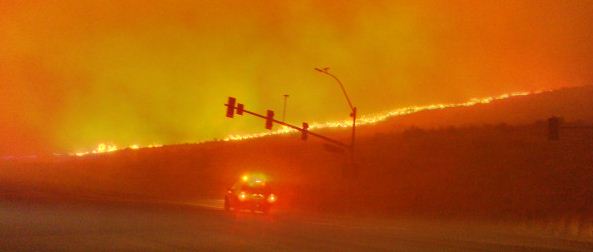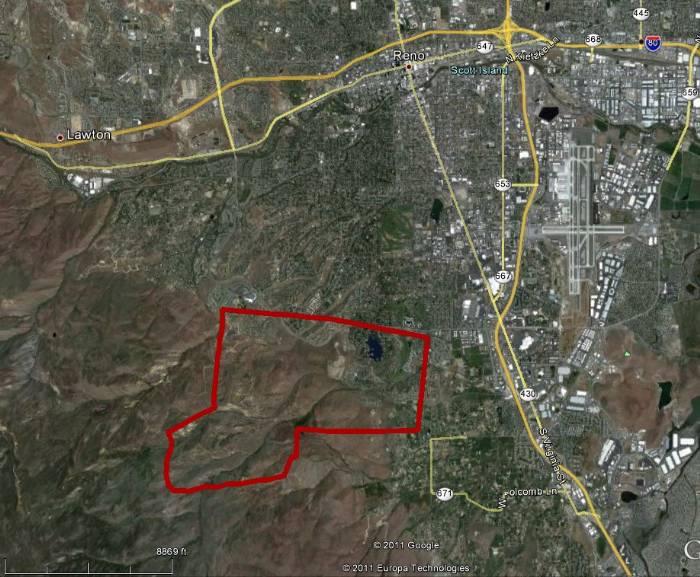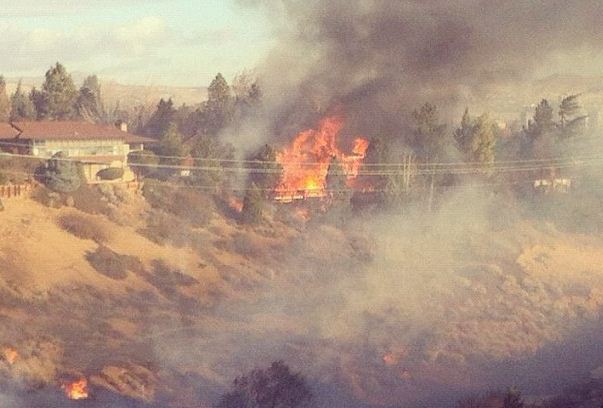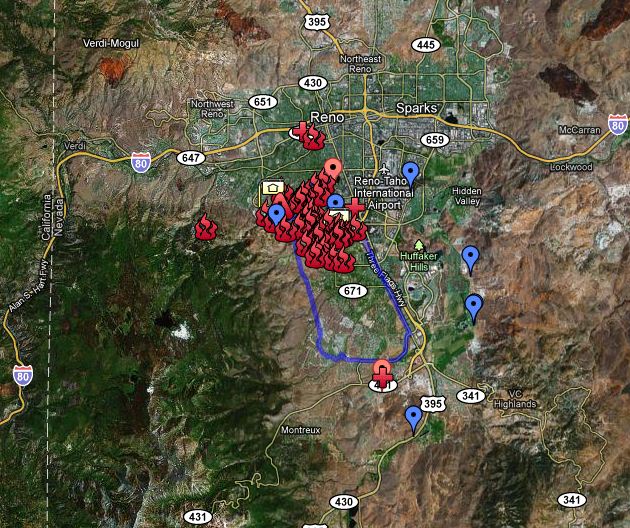Georg in Germany sent us an update about the wildfire situation in his country.
After an unusual period without any rain, the southern part of Germany and Austria is seeing it`s latest wildfire-season in history. Terrain difficulty: very high. Growth potential: high.
I know, it`s not that spectacular through the eyes of an american (wildland) firefighter, but until this year nobody even expected a wildfire in Germany in November. Also remind it`s a country without any handcrews or strike-teams for wildfire suppression.
There are four helicopters in service in a incident near Lenggries-here a video including some drops. It`s a Sikorsky S-65 (CH 53) operated by german Army “Heer”,dropping 1300 gallons of Water.
HERE is a link to a video that shows some helicopters in action, and an interview with what I assume is a fire official. Thanks to Google Translate, the caption below the video says, roughly: “For more than 50 years November was not as dry as this year. Now in the middle of the Bavarian Alps, a forest fire has broken out. Fire and Mountain Rescue is a day-long use before.” As the video begins, you may hear a voice-over for a commercial, with the announcer speaking in a very soft voice… in German. Interesting.
More still photos are HERE.
Below are a few samples of the photos:
In the photo above, it appears that the water bucket has some sort of dispersing mechanism, such as a rotating device which scatters the water. I’ve never seen this in North America. I wonder if the Germans are on to something here?
Thanks Georg


